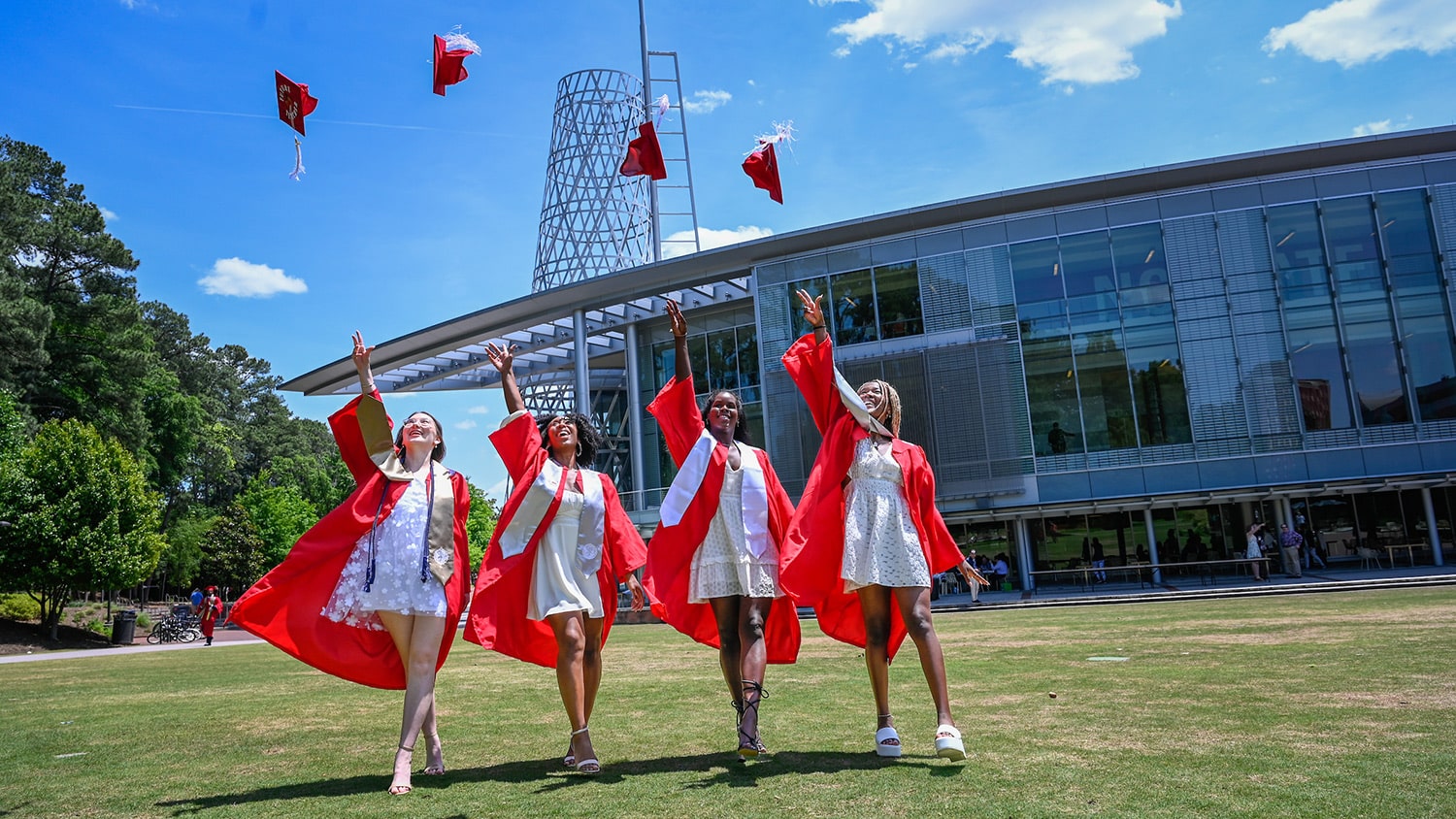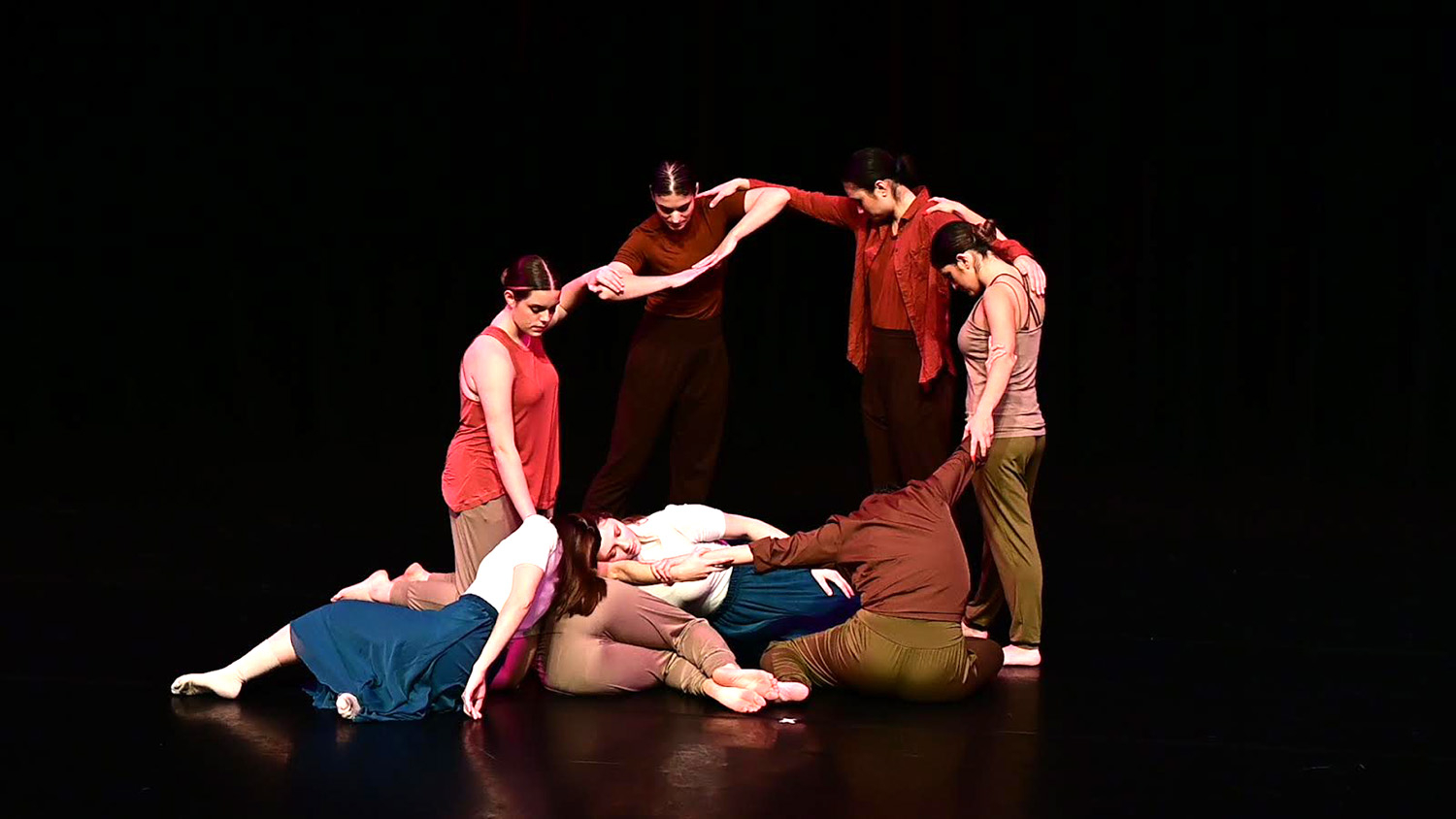Talley the Vote
Here’s an NC State history pop quiz: What does the Talley Student Center have in common with Nike shoes and the original Pong game? Answer: They all made their debut in 1972.
Back then, 14,000 students roamed the campus, mostly in bellbottoms. They hung out downstairs in Talley’s TV lounge, which had furniture in the signature ‘70s shades of avocado and orange.
A modern-day milestone for the building comes Monday, when students vote on whether to accept a fee to pay for a $120 million renovation and expansion of the student center. The outcome could influence NC State far beyond the hub of central campus.
Talley renovation plans have been under way for four years, and project manager Sumayya Jones-Humienny wishes the process had started even sooner. “The building is obviously outdated and not serving the function expected for a growing student population,” she says. At 3.13 square feet per student NC State ranks next to last among UNC campuses in student center space. Among peer institutions it ranks at the very bottom.
Since Talley was built, the number of students has grown to more than 33,000, including 22,000 who live off campus and 8,100 with a meal plan.
Meet Me at Talley
Nostalgia is in short supply among backers of a campaign called, “Rally 4 Talley,” who say the building needs an upgrade. In his YouTube appeal, student body president Jim Ceresnak expressed campus frustration with lengthy food service lines and uncomfortable waits for the bus on the concrete stairs outside.
The building serves the entire campus community, welcoming more than a million dining customers and 4,000 annual events and meetings. “It’s a go-to place for faculty and staff as well as students,” Jones-Humienny says.
Many staff members report to work in Talley, which has offices for Arts NC State, Campus Activities, Catering, the Women’s Center, University Dining, Union Activities Board, Parents and Families Services, Student Legal Services, and the Center for Student Leadership, Ethics and Public Service, among others.
When it’s time to bring the campus together in moments of celebration or crisis, Talley gets the nod. In the last few months, it was the venue of choice for budget hearings, an employee awards ceremony, theatre and musical performances, and public forums for the chancellor search committee.
Rooms are booked for small group meetings as well as big occasions; 35 percent for student organizations, 45 percent for academic and administrative units, and the remainder for off-campus groups, says Randy Colby, head of reservations and event management.
In the evening hours – peak times for student gatherings – it’s tough to get a room. “The demand is far in excess of what we can supply because we’ve outgrown the space,” Colby says. “We are way under what we need.”
Currently only a handful of NC State’s 500 student organizations are housed in Talley. The renovation will significantly increase that space and allow student government offices to relocate to the center.
In fact, the renovation would add 77,000 square feet to the existing 169,000-square-foot building. The only substantial changes made to Talley since 1972 are the addition of the Gregg Museum in the 1990s, conversion of some meeting rooms to office space and upgrades for better handicapped access, Colby says.
Ideally, a new-and-improved Talley would catch the eye of prospective students as a home away from home and be a point of pride for the community as the heart and hub of campus life. “We want visitors to come expecting to see what life at NC State is like,” Jones-Humienny says. “We want the building to be a place where people pose for pictures after graduation.”
Pay it Forward
Most questions at a recent informational session in Talley focused on the cost and timing of renovations. The fee would be phased in over four years, starting at $83 per student in fiscal year 2010-11.
With state appropriations dedicated to classroom space, not athletics and student centers, some students are understandably concerned about increasing fees during a recession. “We are sensitive to the economic situation,” Jones-Hemienny says. “But is there ever a perfect time?”
The financial upside of the timing is low interest rates and construction costs. Delaying the project is expected to increase the total cost by $10 million per year.
In addition to student fee money, rent from tenants such as dining services, which does $25 million in campus food and beverage business, would be used to pay down the project debt, says Randy Lait, dining services director. All other sources of potential funding for the project, especially charitable gifts, will be pursued.
Plans for improvements to the Atrium food court at D.H. Hill Library are tied to the Talley vote. Revenue from new customers could ultimately help fund new dining options on Centennial Campus, Lait says. “If the referendum doesn’t pass, the plans for facility improvements will be impacted, and students will continue to experience overcrowding with the same food choices.”
The bookstore, built in 1959, could add space and customers at Talley, and plans call for other retail services, such as a post office and copy center.
A thumbs-down on the Talley renovation would send organizers back to the drawing board, given the lack of alternate funding, Jones-Humienny says.
“However, the need will not go away even if the project is postponed,” she says. “And the need will continue to grow every year that the student population does.”
- Categories:


